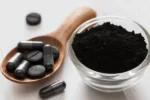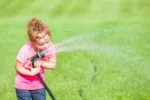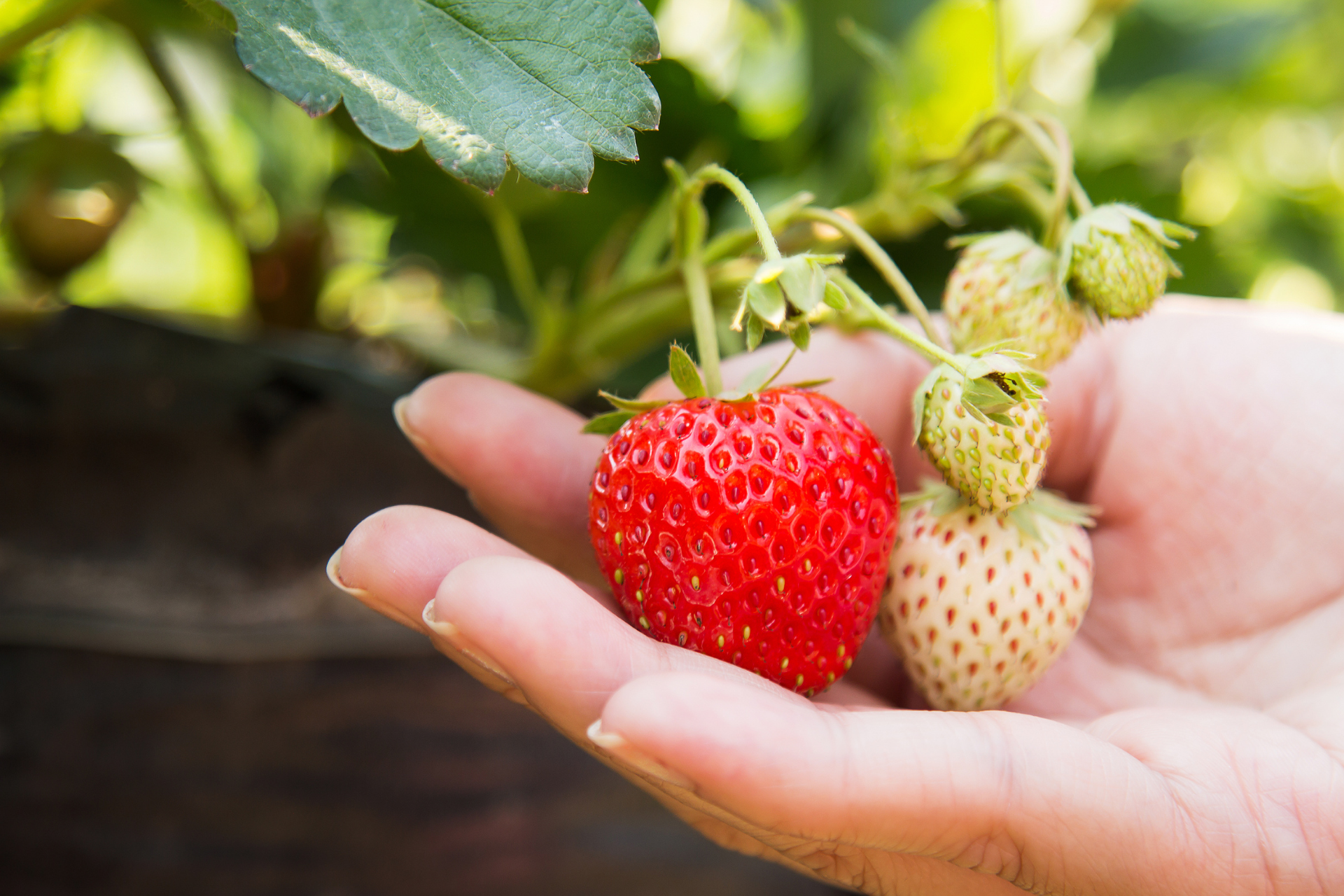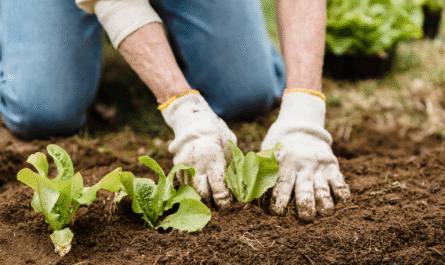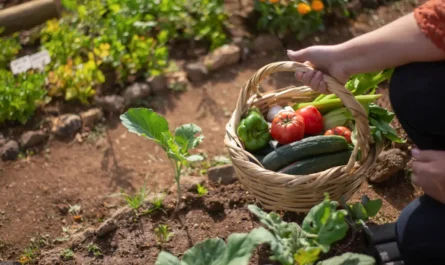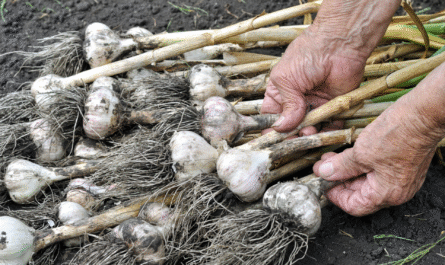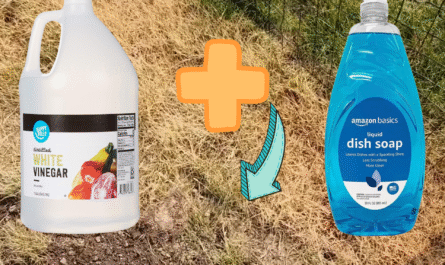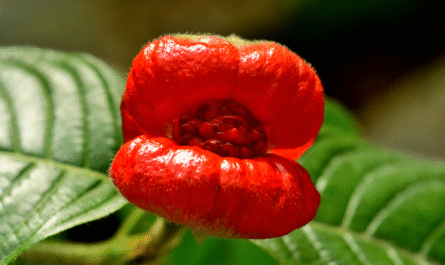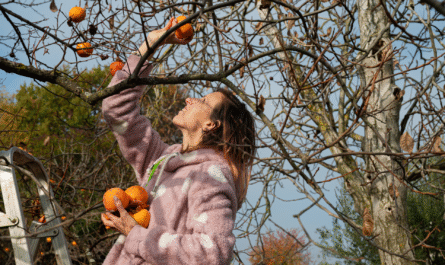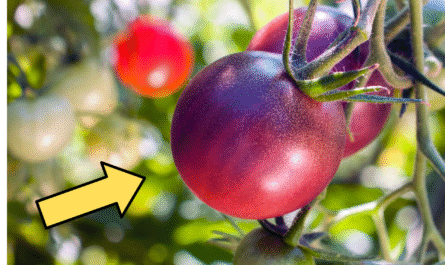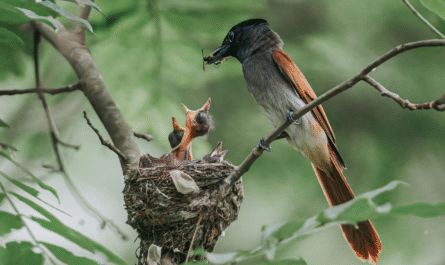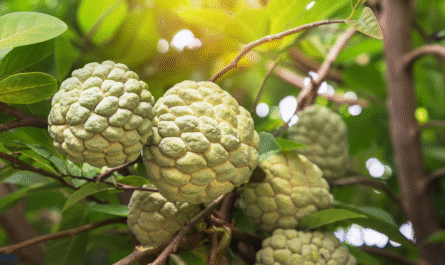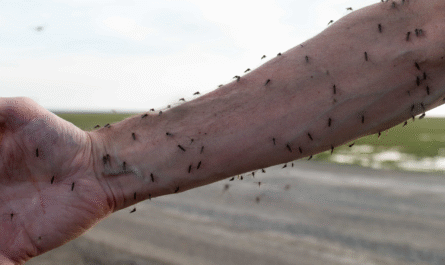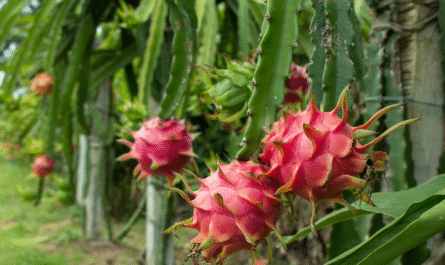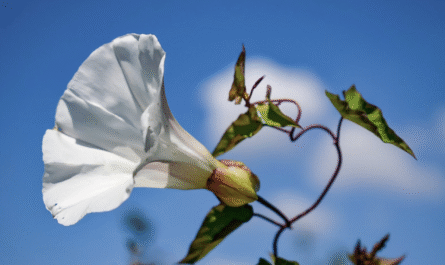Growing strawberries at home is a satisfying way to enjoy fresh, flavorful fruit while gaining control over how it’s grown. But strawberry plants can be frustrating for beginners if you don’t avoid common pitfalls.
Strawberries are perennials, meaning they can provide fruit for multiple seasons, but only if you set them up correctly from the start.
Below are the 10 most common strawberry gardening mistakes, explained in detail, with practical, research-backed advice to help you grow a thriving, productive strawberry patch.
1. Choosing the Wrong Variety for Your Climate
Not all strawberries are created equal. One of the most important decisions you’ll make is choosing the right variety for your climate zone, daylight hours, and intended harvest style.
Understand the Three Main Types:
- June-bearing strawberries: Produce a single, large harvest in late spring or early summer. Ideal for preserving or large harvests.
- Everbearing strawberries: Yield two to three smaller crops during spring and late summer.
- Day-neutral strawberries: Fruit continuously in favorable conditions, ideal for small, frequent harvests.
Match Varieties to Your Region
Your USDA hardiness zone (or equivalent for other countries) plays a big role. For example:
- Cooler climates (zones 3–6): ‘Honeoye’ and ‘Earliglow’ are reliable performers.
- Warmer climates (zones 7–10): Try ‘Chandler’ or ‘Seascape.’
- In tropical or subtropical climates, strawberries may need to be grown as annuals during cooler months. Florida and parts of southern California use this method.
Mistake
Ordering a random variety online without checking if it’s heat- or cold-tolerant.
Fix
Talk to your local extension service or nursery. Many publications recommend varieties for your region.
2. Planting in the Wrong Location
Location determines how much light, air circulation, and drainage your strawberries get, all critical to their survival.
Sunlight Is Non-Negotiable
Strawberries need 6 to 10 hours of full sun per day. Shaded spots reduce fruiting and encourage disease. Don’t assume morning sun is enough, it usually isn’t.
Soil and Drainage Matter
Strawberries hate wet feet. The ideal soil:
- It is loamy and well-draining
- Has a pH of 5.5 to 6.5
- Is free of disease residue (don’t plant where tomatoes, potatoes, peppers, or eggplant have grown in the last 3 years)
Mistake
Planting strawberries in low-lying, water-retentive areas.
Fix
Create raised beds or mounds for better drainage. Mix in compost and sand if your soil is heavy clay.
3. Planting Crowns Too Deep or Too Shallow
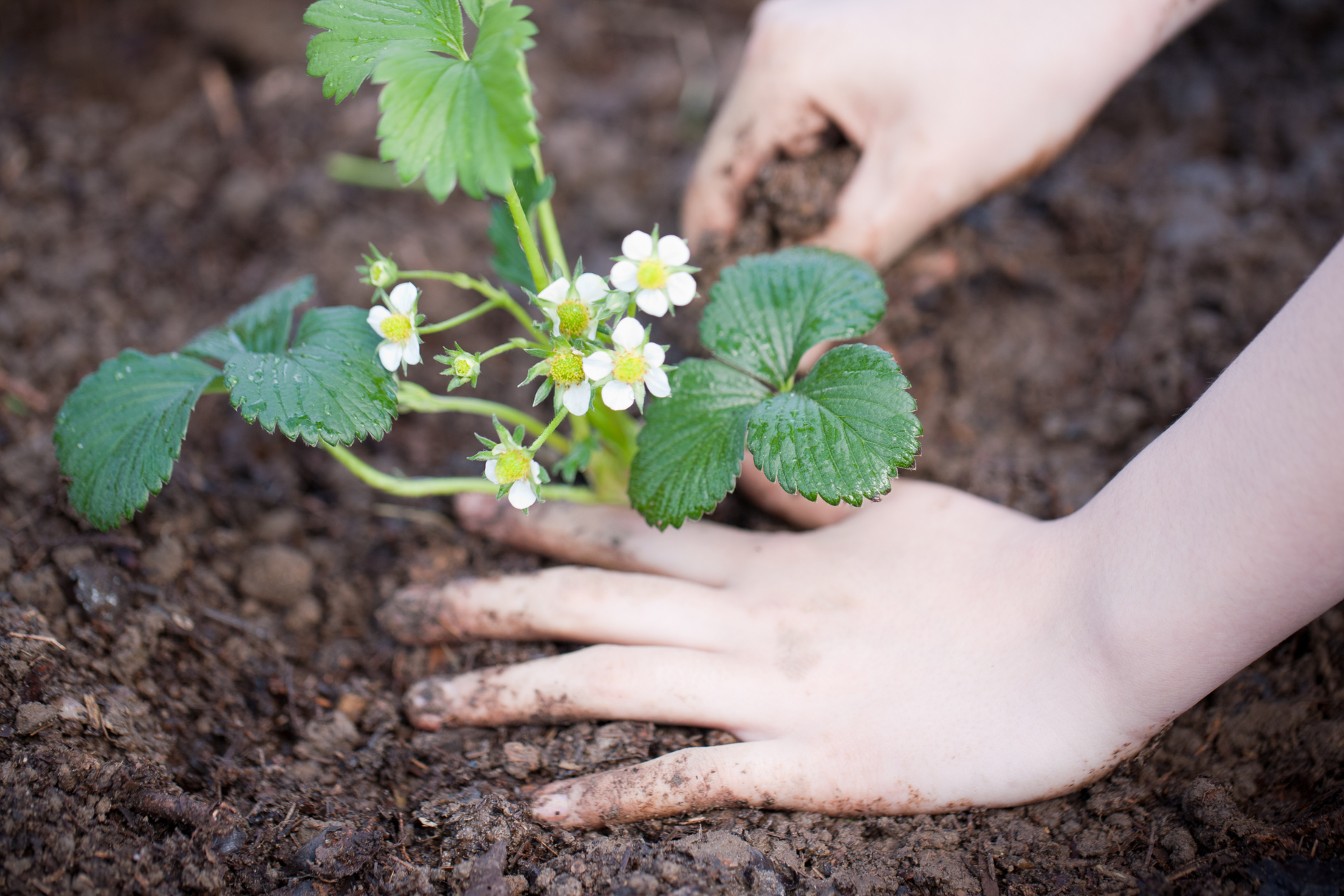
The crown (the swollen part between roots and leaves) is fragile and needs to be at the correct depth.
The Correct Planting Depth:
- The crown should sit just above the soil line
- Roots should be buried but spread out horizontally
Too deep = rot.
Too shallow = dried-out roots and plant stress.
Mistake
Burying the crown completely or exposing the roots.
Fix
Take your time when planting. If needed, dig a small mound inside each planting hole to help you set the roots at the right angle.
4. Watering Incorrectly
Strawberries Need Consistent Moisture but Not Soaked Soil.
Your plants need about 1–1.5 inches of water per week, and more during fruiting.
Timing Is Key:
- Water early in the morning to reduce evaporation and disease risk
- Avoid overhead watering if possible (promotes mildew and leaf disease)
Mistake
Letting the soil dry out completely or stay wet too long.
Fix:
Use drip irrigation or soaker hoses. Check the soil by sticking your finger down 2 inches; if it’s dry, water.
Pro Tip: Mulch helps maintain even soil moisture. We’ll get to that in mistake #6.
5. Over-Fertilizing or Using the Wrong Fertilizer
Strawberries are sensitive to nutrient levels, especially nitrogen.
Excess Nitrogen = All Leaves, No Berries
Many beginners dump on general-purpose fertilizer and get lush green growth, but few flowers or fruit.
Fertilizer Strategy:
- Before planting: Mix in compost or aged manure
- After planting: Apply balanced fertilizer (10-10-10) once in early spring and again after harvest
Mistake
Fertilizing too often or too heavily.
Fix
Test your soil before planting. Use slow-release fertilizers or follow label instructions precisely. Don’t fertilize in late summer—it encourages soft, frost-prone growth.
6. Skipping Mulch
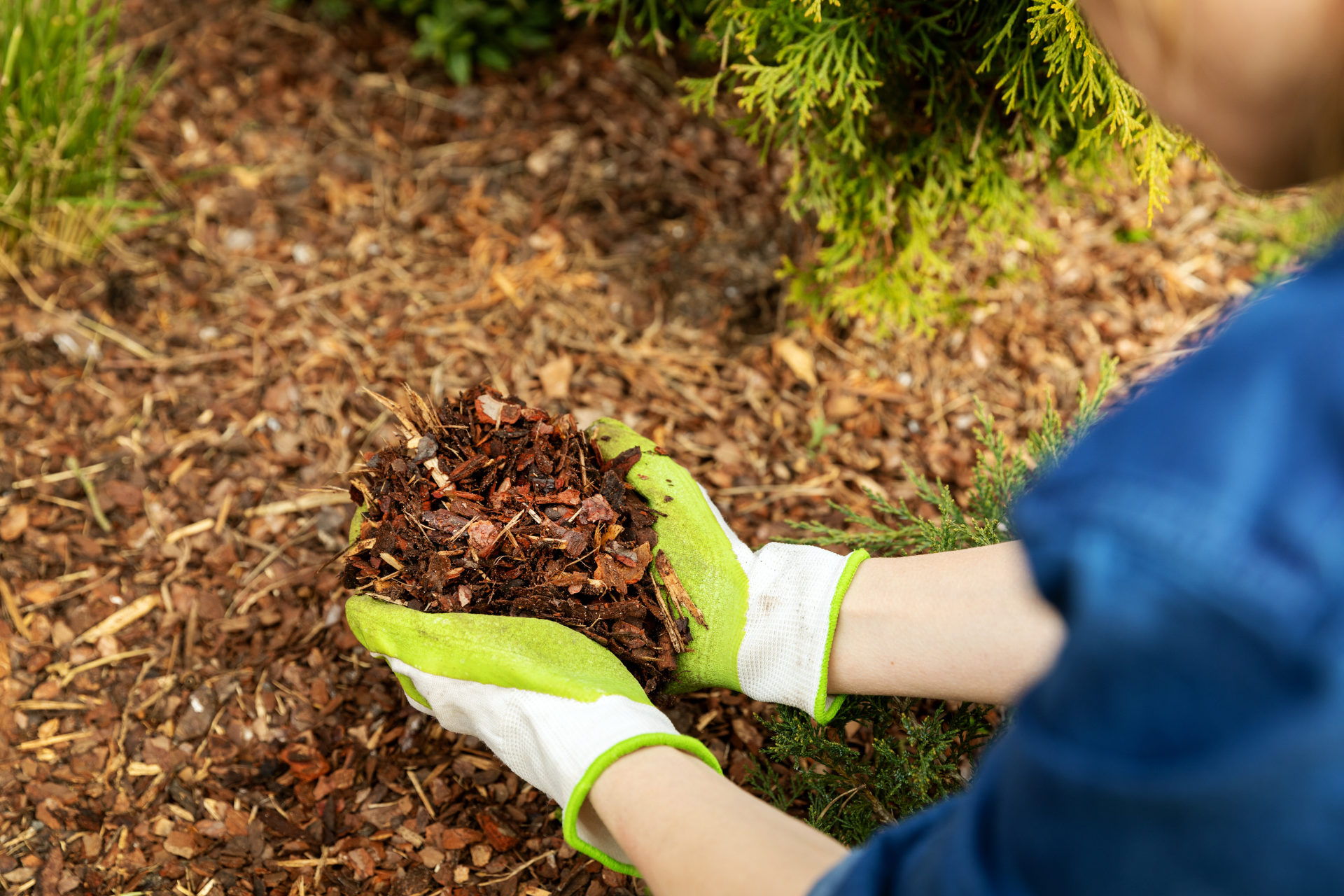
Mulch Does More Than Look Pretty
Mulching is one of the best things you can do for strawberry beds. It:
- Prevents weed competition
- Reduces soil-borne diseases
- Keeps fruit clean
- Conserves moisture
- Stabilizes soil temperature
Best Mulching Materials:
- Straw (not hay—it has seeds)
- Pine needles (slightly acidify the soil)
- Wood shavings (if aged)
Apply a 2–3 inch layer after planting and again before winter.
Mistake
Leaving the soil bare or using the wrong mulch (like hay or plastic without holes).
Fix
Mulch as soon as your plants are established. Top up regularly.
7. Not Pinching Off First-Year Flowers
It may seem cruel, but removing the first flowers on new plants leads to better long-term yields.
Why It Matters:
During the first year, the plant’s energy should go to:
- Root development
- Leaf and runner formation
Letting it fruit too soon weakens the plant and shortens its productive lifespan.
Mistake
Letting first-year plants fruit to “see how they do.”
Fix
Pinch off all blossoms for at least the first 6–8 weeks or the entire first season if growing perennials. The payoff comes in year two.
8. Not Winterizing Your Plants
Strawberries may survive the cold, but they don’t thrive in it without protection.
Cold Temps Can Kill the Crown
Even cold-hardy varieties need help when temperatures drop below 20°F (-6°C). Frost heaving can lift plants from the ground.
Winterization Steps:
- Cut back dead foliage after the first frost
- Apply 4 inches of straw mulch
- Water before the ground freezes
Mistake
Assuming your strawberry patch will “tough it out” in winter.
Fix
Mulch heavily, especially in snowless areas. Remove some mulch in spring when growth resumes.
9. Ignoring Pest and Disease Signs
Strawberries are vulnerable to:
- Botrytis (gray mold)
- Verticillium wilt
- Aphids
- Slugs
- Spider mites
Ignoring early symptoms can wipe out a patch in weeks.
Common Signs to Watch:
- Wilting despite watering
- Brown spots on leaves
- Mold on fruit
- Chewed berries or leaves
Mistake
Only check your plants when harvesting.
Fix
Inspect your patch every few days. Remove diseased leaves immediately. Encourage beneficial insects. Use row covers early in the season.
10. Leaving Ripe Berries Too Long
Strawberries don’t ripen after picking. Once ripe, they degrade quickly and attract insects.
Why Timely Harvesting Matters:
- Reduces rot and mold
- Discourages slugs, birds, and wasps
- Prevents nutrient drain on the plant
Mistake
Waiting too long between harvests or not checking thoroughly.
Fix
Harvest berries daily when they’re in season. Pick fully red berries with no green tips. Store in a cool place and eat within a few days.
Bonus Tips
1. Renew Your Patch Every 3–4 Years.
Strawberry plants lose vigor after a few seasons. Replace them or renovate your patch (mow, fertilize, thin runners) to keep productivity high.
2. Don’t Let Runners Take Over
Runners are baby plants that sap energy from the mother plant. Let a few roots in if you want new plants—but prune the rest.
3. Rotate Your Beds
Avoid replanting strawberries in the same soil for at least 3 years to reduce disease pressure.
Final Thoughts
Growing strawberries isn’t hard, but it is specific. If you avoid these 10 mistakes, you’ll set yourself up for a rewarding, productive strawberry patch that produces delicious fruit year after year.
Take your time, plan your setup, and observe your plants closely. With the right care, strawberries will return the favor in sweet, juicy dividends.


